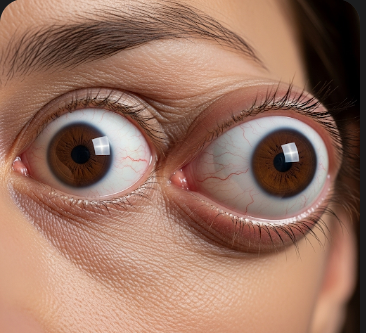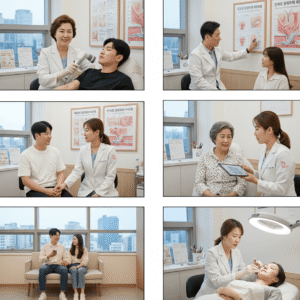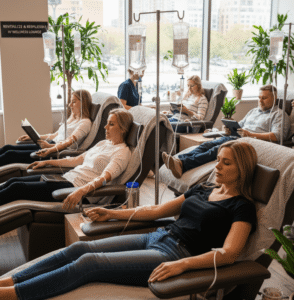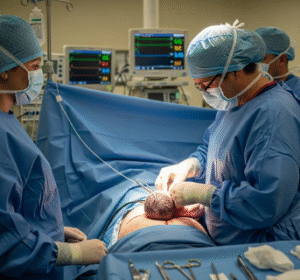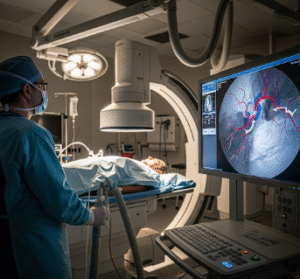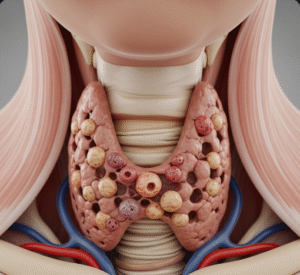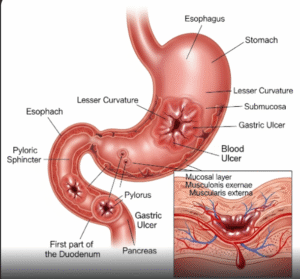Overview
Bulging eyes, medically known as exophthalmos or proptosis, is a condition where the eyeballs protrude abnormally from the eye sockets. It can affect one or both eyes and is often associated with thyroid disorders, infections, tumors, or inflammation.
In South Korea, ophthalmology and endocrinology clinics provide advanced diagnostic evaluations, imaging, and treatments for exophthalmos, helping patients preserve eye function, appearance, and overall health.
Key Facts
Highlights:
➡️ Exophthalmos can be unilateral (one eye) or bilateral (both eyes).
➡️ The most common cause is Graves’ disease, an autoimmune thyroid disorder.
➡️ Other causes include orbital tumors, infections, trauma, and inflammation.
➡️ Symptoms may include eye pain, dryness, double vision, and difficulty closing the eyelids.
➡️ Early evaluation in South Korea ensures access to advanced imaging, medical therapy, and surgical care if needed.
What is Bulging Eyes (Exophthalmos)?
Exophthalmos is abnormal forward displacement of the eyeball due to increased orbital tissue volume, swelling, or mass effect.
Key characteristics:
- Protrusion of the eye(s) from the orbit
- Eyelid retraction and widened palpebral fissure
- Redness, irritation, or swelling of the eyes
- Possible double vision or limited eye movement
- Can be gradual or sudden in onset
- Severity ranges from mild cosmetic changes to vision-threatening complications
If left untreated, severe exophthalmos can lead to corneal damage, optic nerve compression, or vision loss.
What Symptoms are Related to Bulging Eyes?
Symptoms associated with exophthalmos include:
- Visible protrusion of one or both eyeballs
- Dry, irritated, or watery eyes
- Double vision or blurred vision
- Eyelid swelling or retraction
- Eye pain or pressure
- Difficulty closing the eyelids completely, leading to corneal exposure
- Redness or inflammation of the conjunctiva
- Headaches or orbital discomfort in severe cases
Highlights:
➡️ Symptoms may gradually worsen in thyroid-related cases.
➡️ Sudden onset or severe eye pain requires urgent evaluation.
What Causes / Possible Causes of Bulging Eyes?
Highlights:
➡️ Thyroid Eye Disease (Graves’ Disease): The most common cause, due to autoimmune inflammation of orbital tissues.
➡️ Orbital Tumors: Benign or malignant growths can push the eye forward.
➡️ Orbital Infections: Cellulitis or abscesses can cause swelling and protrusion.
➡️ Trauma: Orbital fractures or hemorrhage can displace the eyeball.
➡️ Vascular Abnormalities: Carotid-cavernous fistula or orbital varices may result in bulging eyes.
➡️ Inflammatory Conditions: Orbital pseudotumor or sarcoidosis.
➡️ Congenital Causes: Rare congenital malformations affecting orbital structure.
➡️ Mechanism: Bulging occurs due to increased orbital tissue volume, inflammation, or mass effect, pushing the eyeball outward.
When Should I See My Doctor?
Highlights:
➡️ If you notice sudden or progressive eye bulging.
➡️ If accompanied by eye pain, double vision, or vision loss.
➡️ If eyelid closure is difficult, leading to dryness or corneal damage.
➡️ For evaluation of thyroid function if systemic symptoms like weight loss, palpitations, or tremors are present.
➡️ Prompt consultation prevents complications, preserves vision, and allows early treatment of underlying causes.
Care and Treatment
Management focuses on treating the underlying cause and protecting eye health:
Highlights:
➡️ Medical Treatment:
- Anti-thyroid medications for Graves’ disease
- Corticosteroids or immunosuppressive therapy for orbital inflammation
- Antibiotics for infections
➡️ Supportive Eye Care:
- Lubricating eye drops or ointments to prevent dryness
- Eye patches or moisture goggles for incomplete eyelid closure
- Sleeping with the head elevated to reduce swelling
➡️ Surgical Treatment:
- Orbital decompression surgery to relieve pressure and reduce protrusion
- Eyelid surgery to correct retraction or exposure
- Tumor removal if mass-related
➡️ Lifestyle Measures: Avoid smoking, use sunglasses, and manage thyroid disorders appropriately.
➡️ Monitoring: Regular ophthalmic examinations and imaging to assess progression and response to treatment.
Treatment Options in Korea
South Korea provides comprehensive care for patients with Bulging Eyes (Exophthalmos):
Highlights:
➡️ Ophthalmology Clinics: Detailed eye exams, imaging, and conservative treatment for mild cases.
➡️ Endocrinology Centers: Management of thyroid disorders underlying exophthalmos.
➡️ Surgical Expertise: Orbital decompression, eyelid correction, and tumor removal performed by experienced surgeons.
➡️ Advanced Imaging: High-resolution CT, MRI, and orbital ultrasonography for precise diagnosis.
➡️ Multidisciplinary Approach: Collaboration among ophthalmologists, endocrinologists, and surgeons for holistic care.
➡️ Patient Education: Guidance on eye protection, thyroid management, and monitoring for complications.
➡️ Medical Tourism Support: Multilingual consultations, diagnostic evaluations, and follow-up care for international patients.

